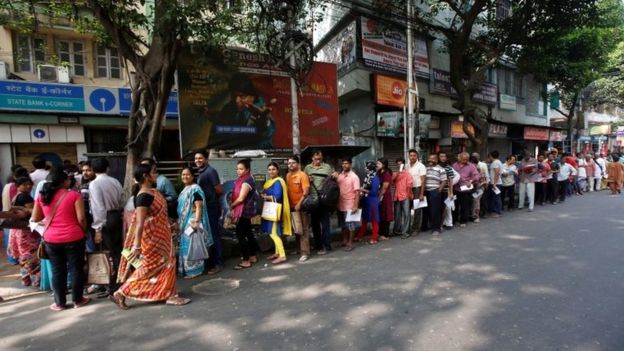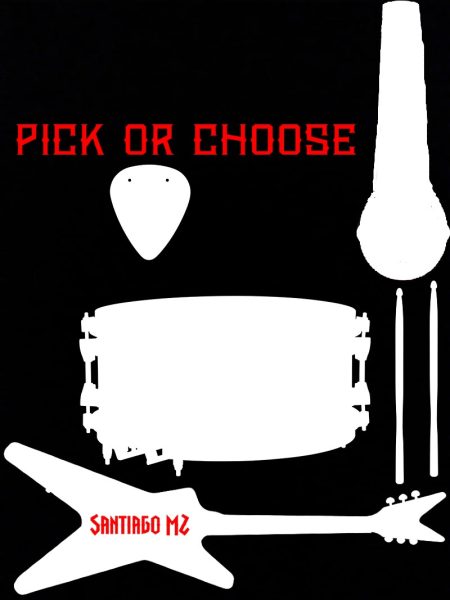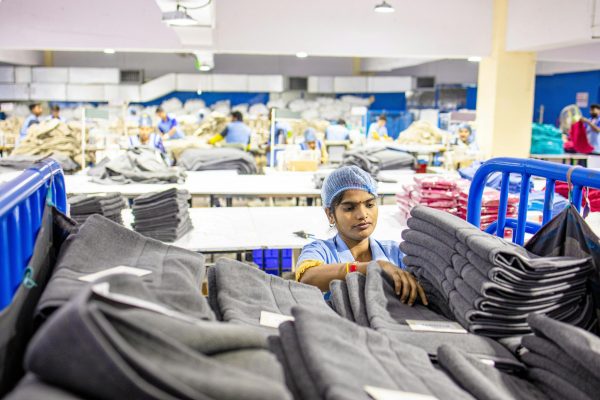The Indian Currency Crisis
On November 8, most American eyes were on the election, but across the world in India another world leader made an announcement, one changing Indian currency forever, and it was a complete surprise.
Prime Minister Modi, announced on November 8th in a speech on television that the currency system was about to change. The change affected the 500 rupee note and 1000 rupee note (worth about $7 and $14, respectively). He announced that at at midnight, only a few short hours after his speech, the bills would no longer be legal tender (acceptable to pay off debt). On November 11th the bills could no longer be used to pay hospital fees, at airports, train stations or at most gas stations. Those who have the bills have until December 30th to exchange them for the new 2,000 rupee bill and a redesigned 500 rupee bill. The reserve bank of India estimates that over 23 billion notes need to be exchanged, making up 80% of the country’s money.
This change is an attempt by the government to tackle some of the biggest problems that the original currency had. One of the problems is that illicit funds, called “black money”, gotten from tax evasion or corruption are stashed away in cash. Due to this “black money”, India loses hundreds of billions in unpaid taxes each year. The change will also work to combat forgery, another problem that is common in India. The government hopes the change will “stop the financing of terrorism through the proceeds of fake Indian currency notes and use of such funds for subversive activities such as espionage, smuggling of arms, drugs and other contraband into India.” Whether or not these measures will positively influence India in the way it is hoped to will be determined shortly after the New Year and will hopefully make the change in the long term.
The response to the announcement sent the country into chaos as people rushed to exchange their money. The result has been huge lines at banks and atms that wrap around blocks. This rush has lead to the banks and atms running out of bills to dispense. This has caused limits on withdrawals at banks and atms with a maximum of 10,000 rs a day ($145) or 20,000 rs a week ($290). The long term impact have not been determined yet but in the short term this exchange has been damaging for small businesses. Overall public opinion over the change has been split with small business owners and rural workers being against it but the majority of city and suburban populations favoring the shift.
For those that hold currency abroad the bank of India has provided no other option than to come back to exchange the bills. Many extended families have decided to send one member to India to exchange all of the family’s money.
Whether or not this change in currency works in the long run to eliminate to combat “black money” could influence other countries with the same problem to head in the same direction.






